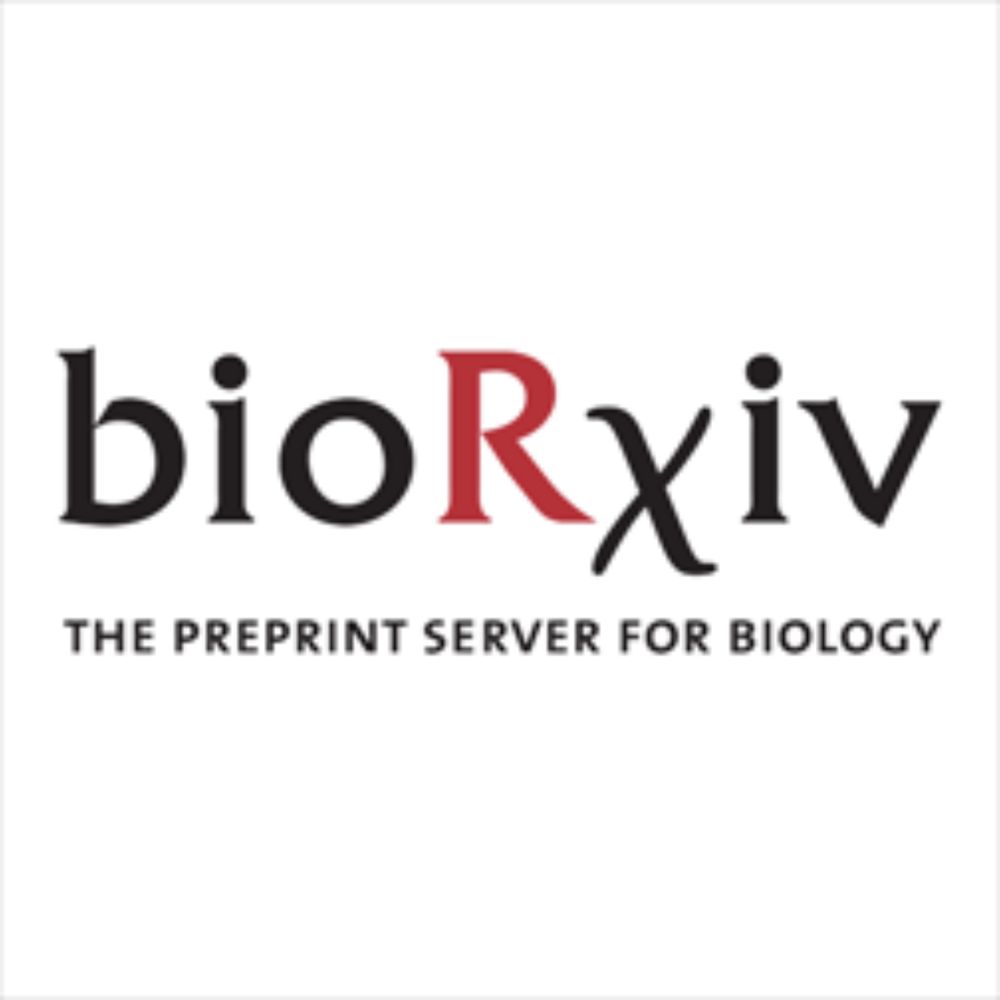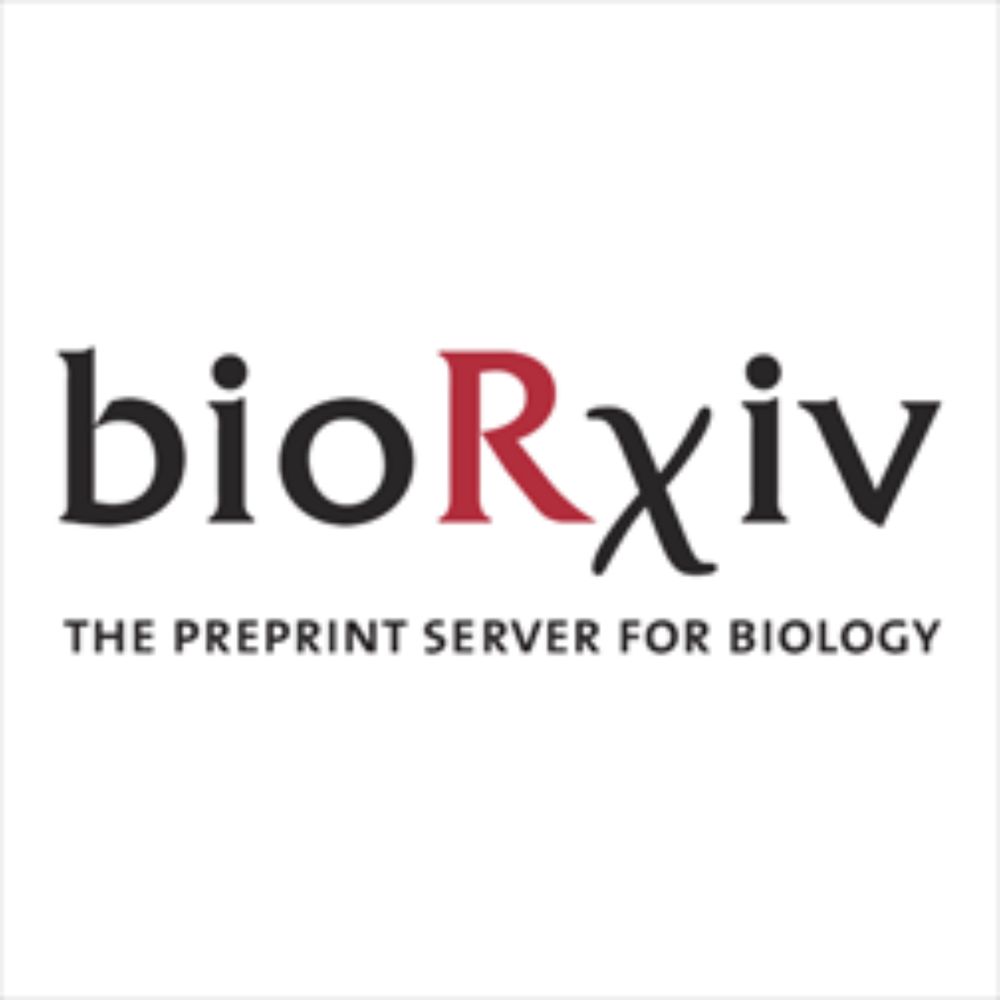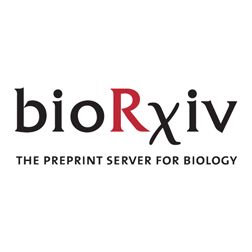
Pretty excited to share our new preprint!
Non-photosynthetic Plastid Replacement by a Primary Plastid in the Making
www.biorxiv.org/content/10.1...
@fdecarpentier.bsky.social
Postdoctoral researcher at UC Berkeley | Microalgae, environmental stress, molecular and synthetic biology | Formerly @ Université Paris Sud, Sorbonne Université, AgroParisTech, and ISA Lille. https://scholar.google.com/citations?user=f5eOF_YAAAAJ

Pretty excited to share our new preprint!
Non-photosynthetic Plastid Replacement by a Primary Plastid in the Making
www.biorxiv.org/content/10.1...

I have to fan-girl for a minute here. My friend @rosvall-lab.bsky.social built an app to gather data on bird behavior during the 2024 solar eclipse. 10,000+ citizen scientists contributed (including my kids), and the resulting paper was published in Science today!
www.science.org/doi/10.1126/...
Salicylic acid biosensor, SalicS1, tracks the plant immune hormone salicylic acid in real time - revealing propagation of hormone surge during plant pathogen advance
Latest biosensor from @xanderjones.bsky.social team
In Science doi.org/10.1126/scie...
Summary www.slcu.cam.ac.uk/news/new-bio...

The Metagraph paper is out in Nature; it showed up in my feeds today! Congratulations to Mikhail Karasikov, @gxxxr.bsky.social, @akkah21.bsky.social and all of the other authors (whom I'd love to follow on Bluesky if I can find you ;P) www.nature.com/articles/s41...
09.10.2025 14:40 — 👍 33 🔁 14 💬 1 📌 0New paper out! 💌🔬Spirorhynchus verrucosus is a Muranotrichean and its sister has been livin' in the deep sea Santa Barbara Basin since the 90's! See them TUFTS!! Wonderful work of B Bourland & Cepicka Lab, R Beinart, & J Bernhard enabling deep sea sampling. Read h1.nu/spiror #ProtistsOnSky #MicroSky
09.10.2025 14:28 — 👍 11 🔁 4 💬 2 📌 0
Have you recently completed (or finishing soon) a PhD in CS or a related discipline? Do you want to do research advancing the theory & practice of algorithmic genomics & build tools that people love to use? I'll be looking to hire a postdoc! Official ad coming soon:
docs.google.com/document/d/1...
Structural Insights into RubisCO Dynamics and Pyrenoid Architecture in Chlamydomonas reinhardtii https://www.biorxiv.org/content/10.1101/2025.09.18.677200v1
22.09.2025 12:18 — 👍 0 🔁 1 💬 0 📌 0
🌊🔬 Looking for a postdoc to join our team!
Cocco-Channel project ➡️ studying coccolithophore phycospheres and their role in ocean carbon cycling.
✔️ Plus if you bring experience in microbial ecology, molecular/microscopy tools & fieldwork
👉 More info: euraxess.ec.europa.eu/jobs/375178
#protistsonsky
How to upgrade stolen organelles into permanent plastids: A comparative transcriptomic perspective | PNAS www.pnas.org/doi/abs/10.1... #protistsonsky
06.10.2025 10:13 — 👍 18 🔁 6 💬 0 📌 0
OIST is seeking up to four tenure-track or tenured faculty in Ecology, Environmental Science, Earth Science, and Oceanography. Application deadline: Oct 15. Please share. Thx!
www.oist.jp/careers/facu...
UNC Chapel Hill is hiring an Assistant Professor in Plant Molecular Biology. Per Jeff
Dangl MPMI candidates are also highly desired in the search. unc.peopleadmin.com/postings/307...

www.biorxiv.org/content/10.1...
and
www.biorxiv.org/content/10.1...
Two papers to tell us more about mysterious EPP1, a protein required for symbiosis. Well done @tatiana-vernie.bsky.social and all co-authors.

So happy to see the latest preprint of the team out! www.biorxiv.org/content/10.1...
The continuation of a long standing project started by @oswaldovaldesl.bsky.social in @jeanmichelane.bsky.social‘s lab. 1/7 🧵

BindCraft: an AlphaFold2-powered de novo protein binder design tool 🧬✨
Tested in some bacterial systems too! Designs so far are short peptides or mini-domains. Looking forward to long/full protein design ahead! 🧪 #microsky
www.nature.com/articles/s41...
X-Mapper 🦠🧬🧪 - a sequence aligner developed for microbes, now on Bioconda! 🚀
• 11–24× fewer suboptimal alignments (same for human genome)
• 3–579× lower inconsistency
• improves on ~30% of reads aligned to non-target species
github.com/mathjeff/map...
bioconda.github.io/recipes/x-ma...
#microsky

Latest from ours: www.cell.com/cell-reports...
This is two stories in one: a case study/cautionary tale on developing genetic tools in new organisms, and the first hint at a gene regulatory network for choanoflagellate multicellular development (which turn out to involve a Hippo/YAP/ECM loop!) A 🧵
Ragnarok: a flexible and RApid GeNe Annotation (ROcKs) pipeline deployed through Nextflow https://www.biorxiv.org/content/10.1101/2025.10.03.680343v1
05.10.2025 01:47 — 👍 2 🔁 2 💬 0 📌 0UMass Amherst Biology is recruiting a tenure-track Assistant Professor in the area of Plant Physiology. Deadline Nov 1. Please spread the word and apply!
careers.massachusetts.edu/mob/en-us/jo...
Sometimes I think about how from 1935-1975ish, Bell Labs produced an insane amount of revolutionary science and technology, including 11 Nobel Prizes, the transistor, UNIX, C, the laser, the solar cell, information theory, etc. The secret? Provide scientists with ample, steady, no-strings funding.
04.10.2025 17:35 — 👍 1747 🔁 494 💬 51 📌 35
Strong statement today from UC's Academic Senate:
03.10.2025 21:58 — 👍 1112 🔁 369 💬 18 📌 25
Russell R. Geiger Professorship of Crop Science
Dept. of Plant Sciences | Permanent | Closes on Monday 17 November 2025
www.cam.ac.uk/jobs/russell...
#plantsciences #plantscijobs #academicjobs

I joined a team of ecologists wading through the muck of the Carolina coast in search of "ghost forests" killed by rising seas for @science.org. We were guided by a a new map that reveals millions of dead trees standing along the East Coast, marking an overlooked consequence of climate change...
01.10.2025 20:36 — 👍 57 🔁 28 💬 3 📌 2
New pre-print from the Banfield lab, highlighting an interesting case of 1.5Mb megaplasmids found in human gut.
Plasmid genomes were resolved using #PacBio HiFi sequencing with hifiasm-meta for #metagenome assembly. Host association was detected using epigenetic signals.
doi.org/10.1101/2025...

>18,000 new genomes of giant DNA viruses! An incredible trove of new genes and insights into evolution of host-virus interactions from @fmschu.bsky.social and @jgi.doe.gov
www.biorxiv.org/content/10.1...

Giant DNA viruses encode a hallmark translation initiation complex of eukaryotic life | bioRxiv https://www.biorxiv.org/content/10.1101/2025.09.30.678621v1?rss=1
01.10.2025 03:47 — 👍 1 🔁 1 💬 0 📌 0A Key Role for S-Nitrosylation in Immune Regulation and Development in the Liverwort Marchantia polymorpha https://www.biorxiv.org/content/10.1101/2025.09.29.679193v1
01.10.2025 02:03 — 👍 4 🔁 3 💬 0 📌 0
Another fern (Lygodium microphyllum) genome just published @pnas.org !
What a year for non-sed plant genomics!
www.pnas.org/doi/10.1073/...
Become my colleague @oxfordbiochemistry.bsky.social !
2 Associate Professorships in the areas of
- prokaryotic/eukaryotic microbiology
- metabolism
my.corehr.com/pls/uoxrecru...

TEtrimmer: a tool to automate the manual curation of transposable elements. #TransposableElements #ManualCuration #Genomics #Bioinformatics @natcomms.nature.com 🧬 🖥️
www.nature.com/articles/s41...